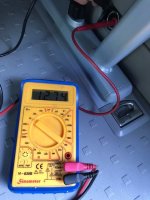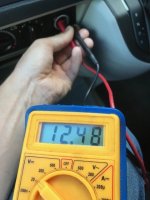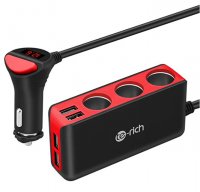W
Wondering Star
Hi
As a new Beach owner can anyone tell me if there's any way of checking the lesuire battery charge level?
As a new Beach owner can anyone tell me if there's any way of checking the lesuire battery charge level?


















